Joan Baez perhaps said it best when she described Bob Dylan’s arrival to the NYC folk scene in the late 1950s in her song “Diamonds and Rust”: You burst on the scene already a legend. The unwashed phenomenon, the original vagabond. With his scruffy appearance, profound lyricism, and molto rubato way of packaging his musical offerings, Dylan was a proud Woody Guthrie disciple and a welcome newcomer to the folk revival scene centered around NYC neighborhoods like Greenwich Village.
Videos by American Songwriter
But as one of Dylan’s earliest managers, Terri Thal, would later recall, not every booker was convinced that the Minnesotan songwriter was that much better than other established acts in the area. Interestingly, the man who was once Dylan’s biggest competitor in the folk scene would later become his colleague during Dylan’s iconic Rolling Thunder Revue.
Bob Dylan’s Early Competition In The NYC Folk Scene
In a March 2025 interview with Ultimate Classic Rock, Terri Thal, one of Bob Dylan’s earliest managers in the early 1960s, recalled what it was like witnessing his soon-to-be world-famous music for the first time. “He was not a great guitarist,” she admitted, “he was not a great singer. He kind of stumbled all over the stage. It took a while to realize that I was watching Charlie Chaplin, and there was something charming and memorable about the guy, and that was my first impression. I won’t use the word genius. I can’t do that. But that’s sort of like where it was, and I have no idea why.”
Thal recorded a lo-fi performance of Dylan’s at the Gaslight Café in 1961 to secure him more bookings around the city and greater New England area. The similarities between Dylan and his folk music hero, Woody Guthrie, were apparent. But so, too, were the similarities between Dylan and other artists who had cut their teeth in the same Guthrie school. “The reaction I got was pretty universally: ‘Why should I hire this guy when I can hire Jack Elliott?’”
“Jack Elliott was a folksinger, also Jewish, incidentally, from Brooklyn, who also changed his name, incidentally, who sounded like Woody Guthrie, at that time, a lot like Woody Guthrie,” Thal continued. “The reaction I got from the club owner in Springfield, Massachusetts, and the club owner at Club 47 in Cambridge, and the club owner in Philadelphia was exactly the same. ‘Why should I hire this kid when I can hire Jack Elliott?’”
From Competition To Colleague
To be clear, calling Bob Dylan and Ramblin’ Jack Elliott “competitors” is not to say there was bad blood between the two musicians. But in a world where bookings are few and musicians are plenty, even the most amiable artists will find themselves competing with one another for their time in the spotlight. Fortunately for Dylan (and, later, Elliott, too), the veteran Brooklyn troubadour had no problem sharing his slice of the pie with the fresh-faced newcomer. Although Dylan came to New York City with the hopes of studying under Woody Guthrie, Dylan soon found himself studying under Elliott, who was another student of the legend behind “This Land Is Your Land.”
Elliott helped Dylan find his footing during his earliest days in the NYC folk scene, showing him the ropes on guitar and helping Dylan earn his union card. Eventually, and not dissimilarly from what happened between Dylan and Joan Baez, the “Blowin’ in the Wind” singer-songwriter’s fame quickly surpassed his early colleagues. Whereas Elliott would continue off the beaten path as a traditional folkie, Dylan would famously go electric, metamorphosing from a folk legend to a bona fide rockstar. Years later, it would be Dylan who threw Elliott a bone, inviting the singer-songwriter on his iconic Rolling Thunder Revue that included other musical giants like Joan Baez, Joni Mitchell, Roger McGuinn, and Gordon Lightfoot.
During a live performance in the early aughts, Elliott recalled seeing Bob Dylan on his way out of an Oakland venue. “When [Dylan] was heading for the bus after the show, I said ‘Good set, Bob,’” Elliott remembered. “Bob says, ‘Hi, Jack.’ I said, ‘I love you, Bob.’ He said, ‘I love you, Jack.’ That was fantastic. We had never declared our love verbally.”
Photo by Bettman/Getty Images


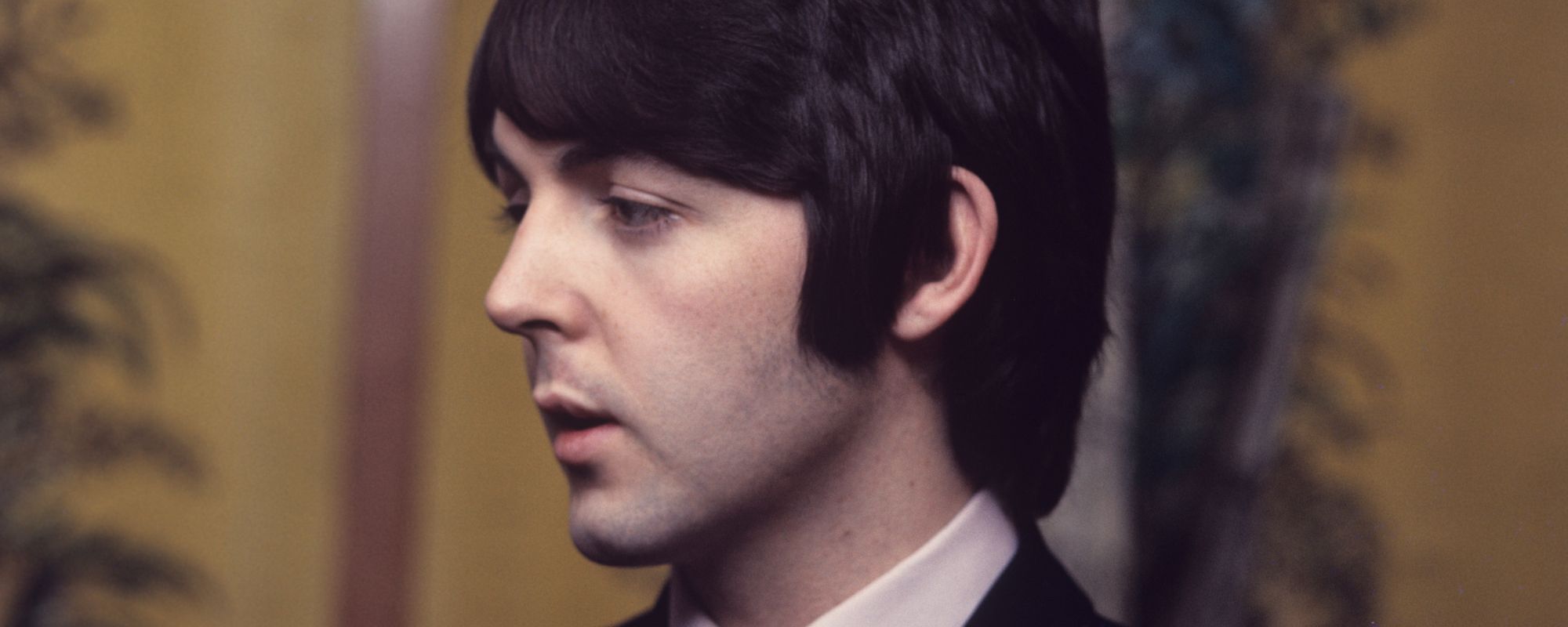

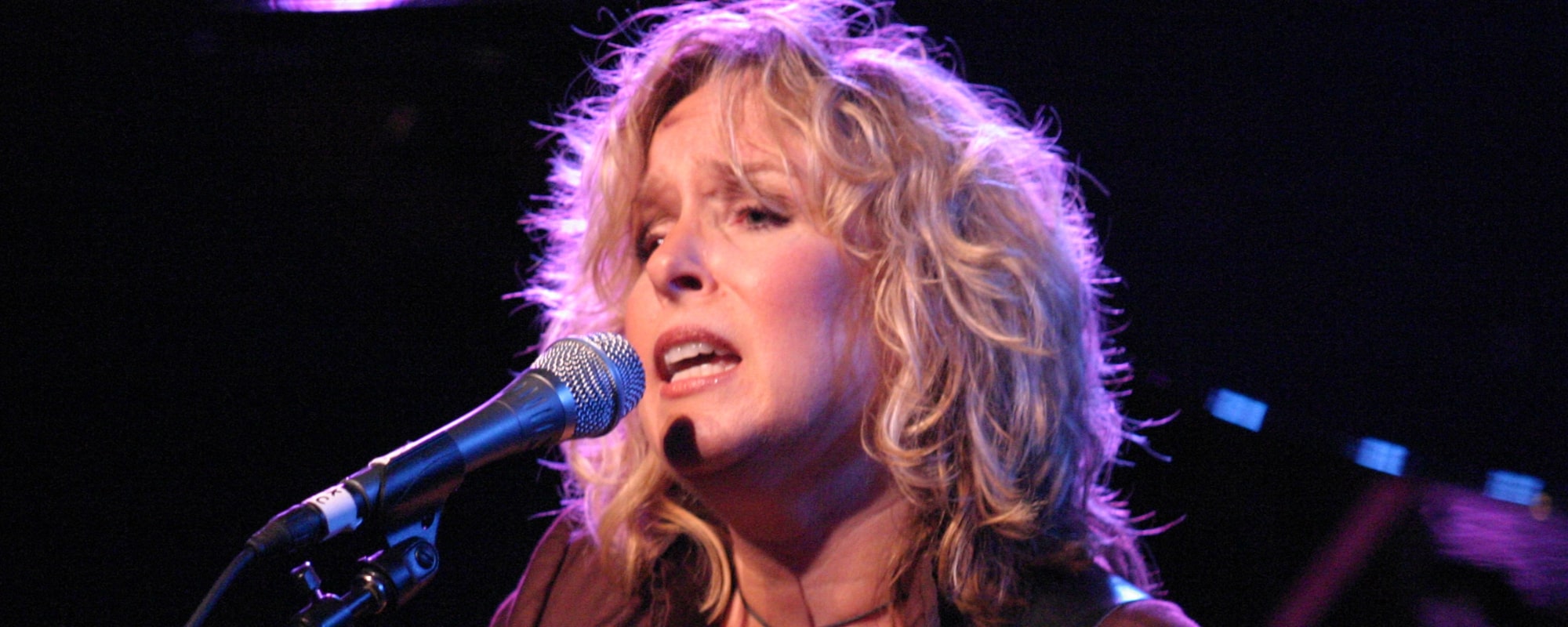
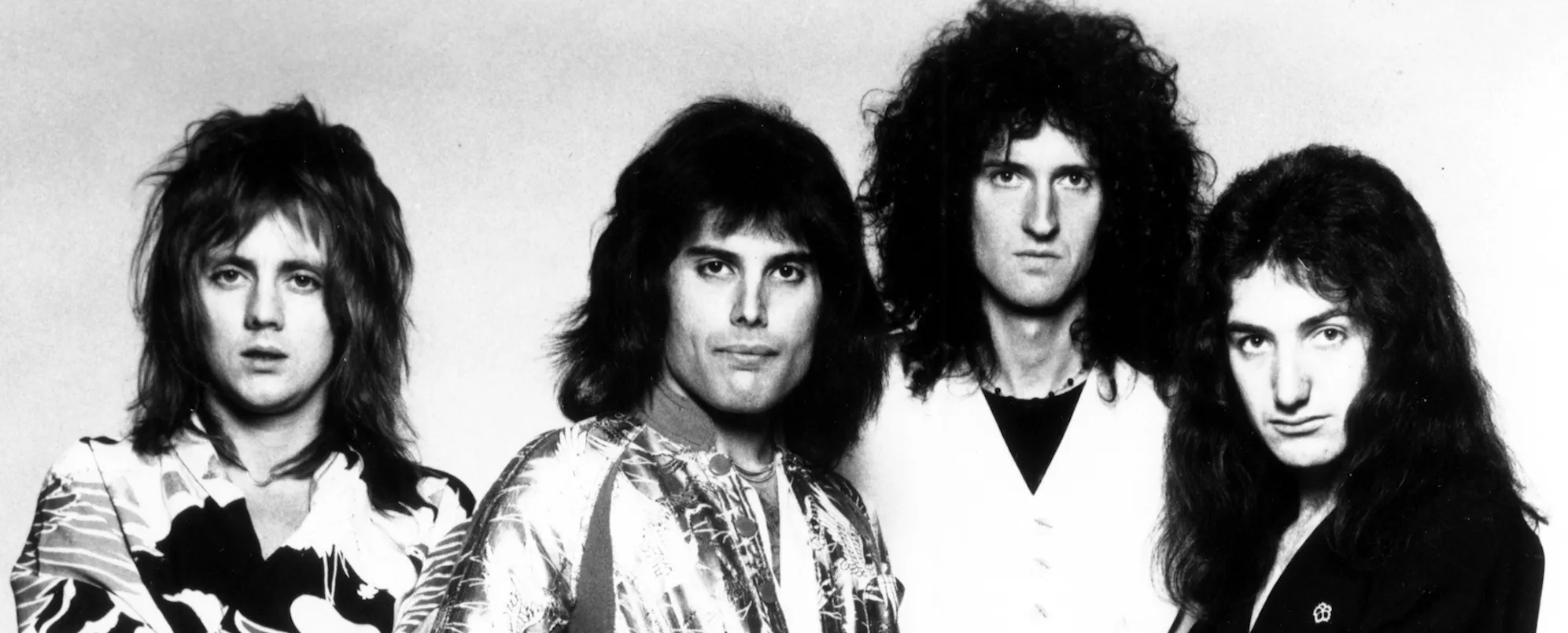
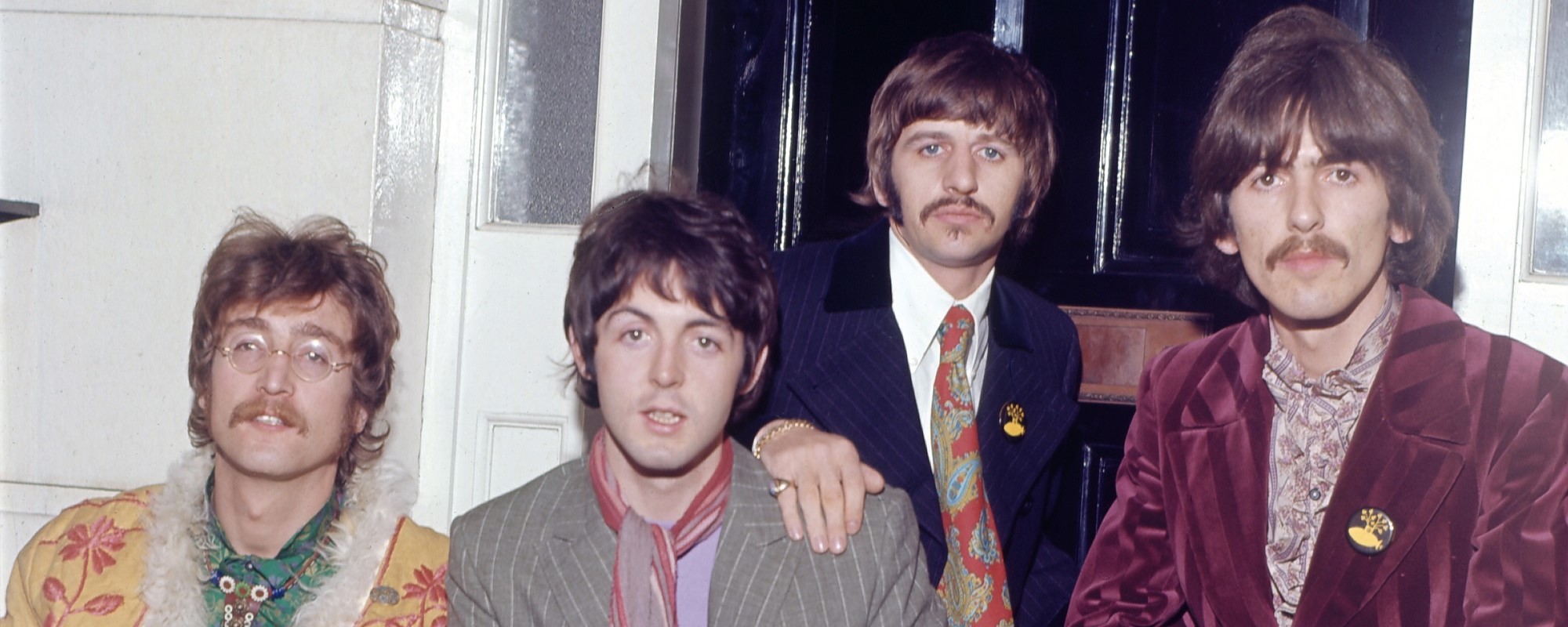


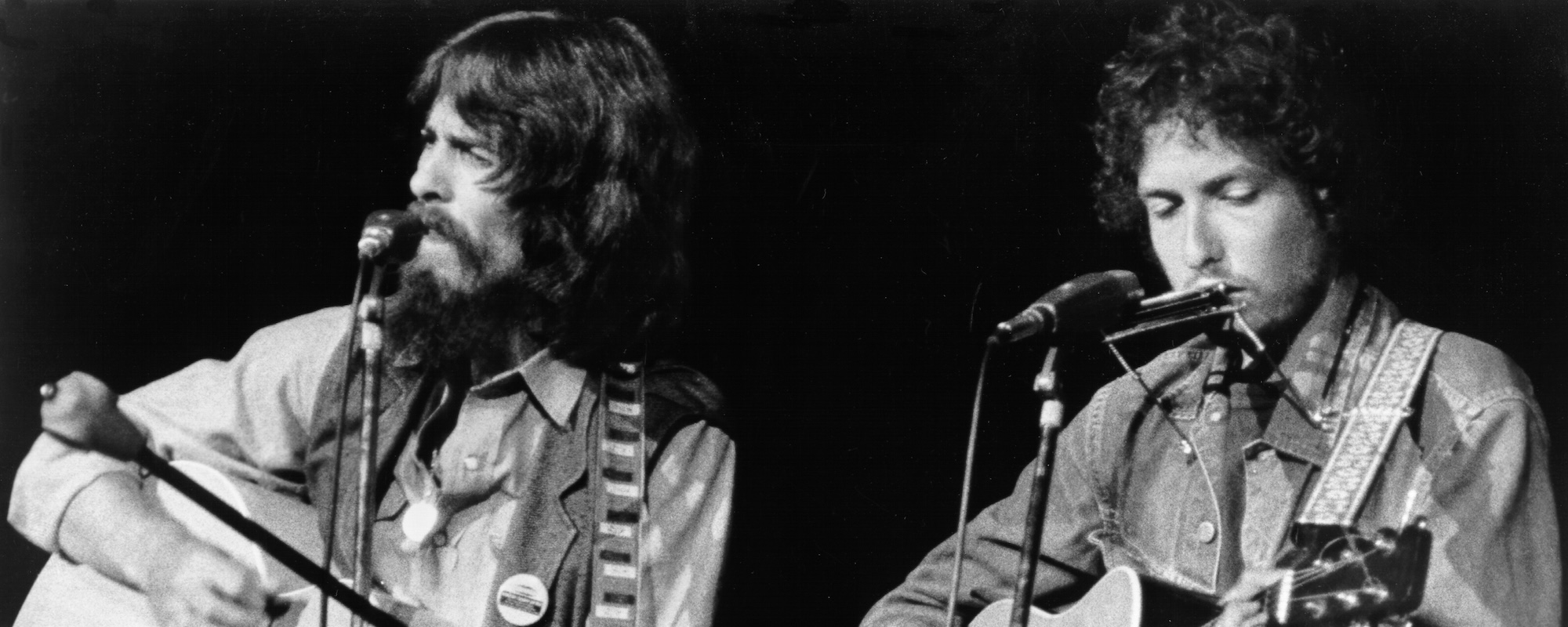

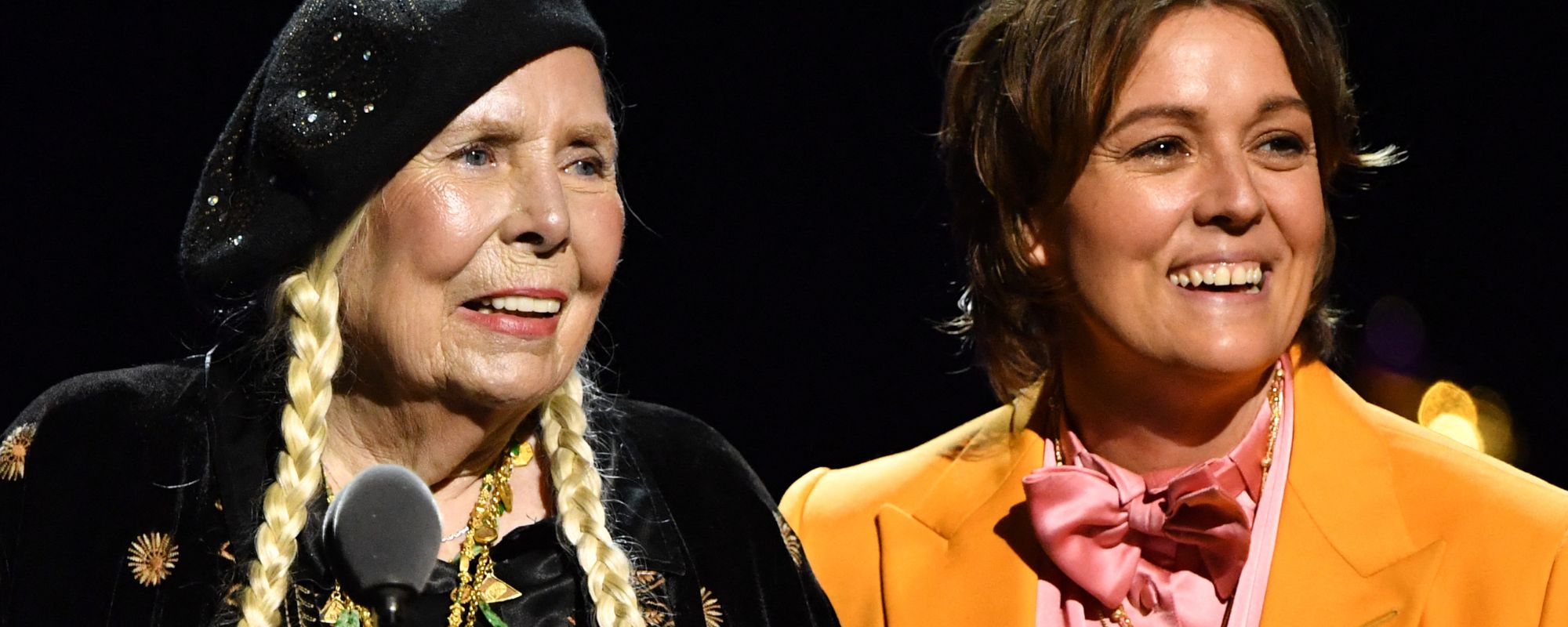

Leave a Reply
Only members can comment. Become a member. Already a member? Log in.